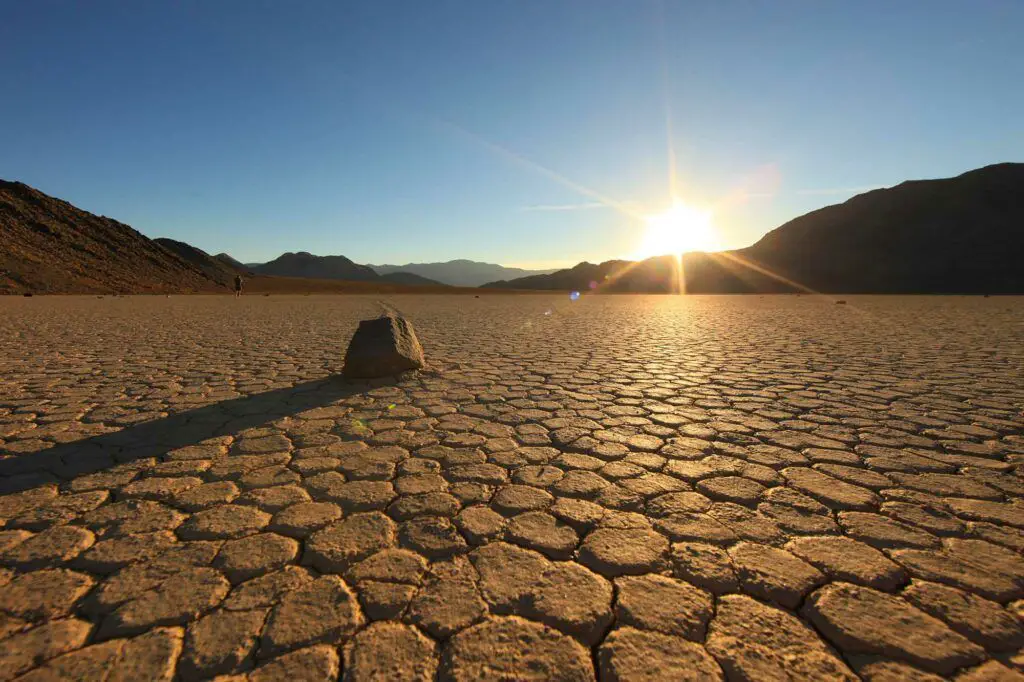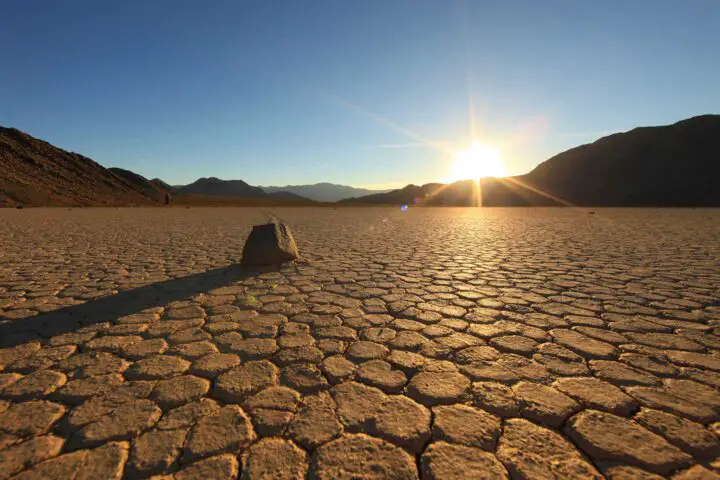Death Valley, located in the Mojave Desert of Eastern California, is no stranger to extreme heat. This scorching locale is where the highest temperature recorded in the United States happened in 1913. However, this impressive feat has been a subject of much debate and controversy over the years.
In today’s post, we will delve into the specifics of the record Death Valley temperature and explore the dispute surrounding its validity. We will also briefly touch on the former world record holder in Aziziya, Libya, which was once believed to be the hottest temperature ever recorded on Earth but was later rejected over questions of accuracy.

The Record Death Valley Temperature: July 10, 1913
On July 10, 1913, a temperature of 134°F (56.7°C) was recorded at Greenland Ranch (now Furnace Creek) in Death Valley, California. This staggering measurement was taken during a heatwave that affected the region for several days. To this day, this record stands as the highest temperature ever recorded in the United States and the third highest globally, surpassed only by two readings from Kuwait and Iran in 2016 and 2017, respectively.
Despite the record’s longevity, its validity has been debated among meteorologists and climatologists. One of the primary concerns stems from the equipment used to measure the temperature back in 1913. At that time, Six’s Maximum and Minimum Thermometer was used. This instrument has since been largely replaced by more accurate electronic thermometers. Critics argue that the older device was more susceptible to errors, which could have skewed the reading.
Another point of contention is the consistency of the record. Other temperature readings from the same period showed significantly lower temperatures in nearby regions, leading some to question whether the Death Valley reading was an anomaly. Moreover, the observer who recorded the temperature, Oscar Denton, was not a trained meteorologist, and the likelihood of human error cannot be ruled out.
Despite these concerns, the World Meteorological Organization (WMO) still recognizes Death Valley’s 134°F reading as the highest temperature recorded in the United States. It is worth noting that a 2016 investigation by weather historian Christopher Burt found that the reading was likely off by a few degrees, but even if that were the case, Death Valley would still hold the US record.
The Former World Record Temperature Had Similar Accuracy Issues
Before 2012, the hottest temperature recorded on Earth was believed to be 136.4°F (58°C), measured on September 13, 1922, in Aziziya, Libya. However, after a thorough investigation, the WMO officially disqualified the Libyan record due to inconsistencies and errors in the original readings.
The investigators found that the temperature had been recorded using an outdated and unreliable instrument, similar to the Six’s Maximum and Minimum Thermometer. Moreover, the meteorologist who took the measurement was inexperienced, and the reading was taken at a location with poor ventilation, which could have artificially inflated the temperature. As a result, the WMO officially recognized Death Valley’s 134°F reading as the world’s highest at that time.
Conclusion
Although controversies and debates surround the validity of the Death Valley record, it remains the highest temperature ever recorded in the United States. The 1913 reading of 134°F (56.7°C) in Death Valley is an awe-inspiring testament to the extreme heat that can occur in certain parts of our planet. While technological advances and better-trained observers have made temperature measurements more accurate and reliable, Death Valley’s record will likely continue to be a topic of discussion for years to come.



